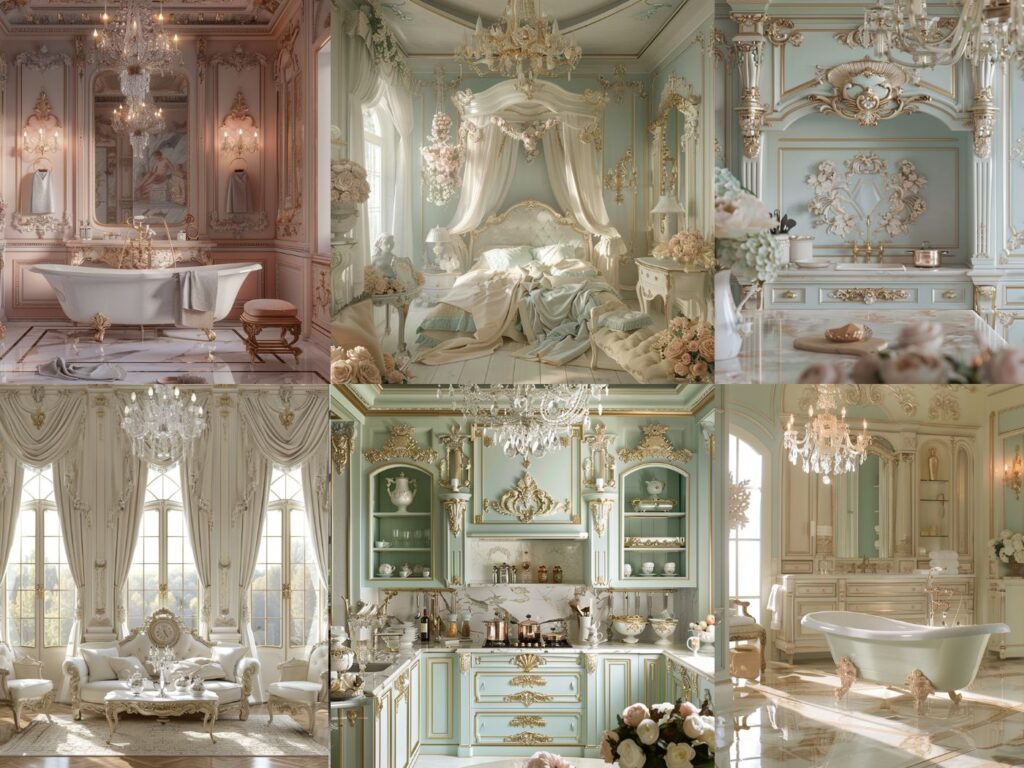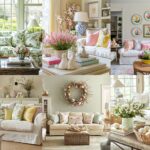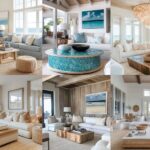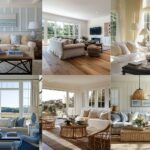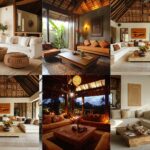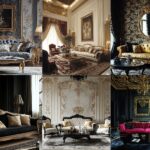Are you captivated by the elegance and charm of historical interiors? If so, Rococo design may well be just what you’re looking for. This 18th-century style, known for its intricate details and opulent aesthetics, transforms any space into a lavish retreat.
Imagine stepping into a room where every element—from the ornate furniture to the delicate wall moldings—exudes sophistication. Rococo interior design isn’t just about beauty; it’s about creating an atmosphere that feels both luxurious and inviting. Ready to explore how this timeless style can elevate your home? Let’s dive in.
15 Rococo Interior Design Ideas And Styles for Creating a Luxurious Ambiance
#1. Rococo Utility Room Interior Idea
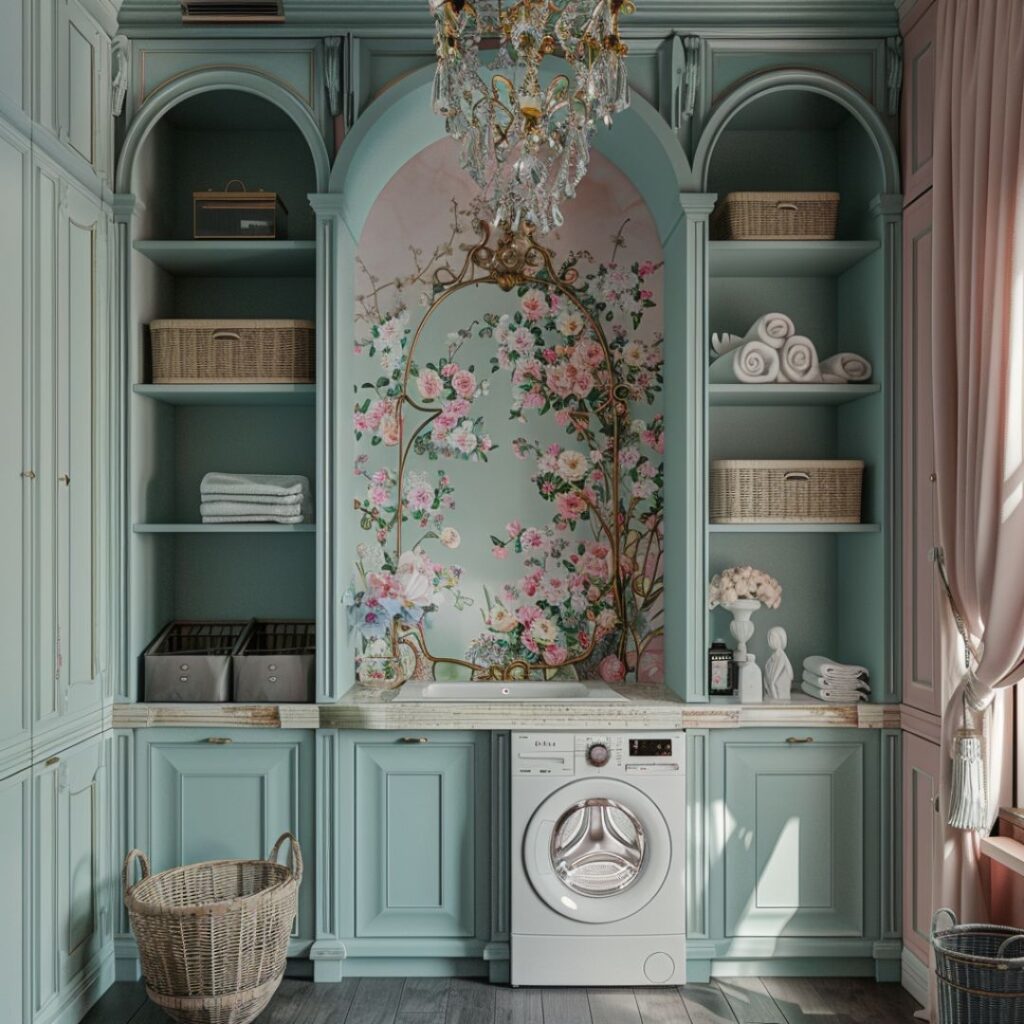
#2. Rococo Utility Room Interior Design
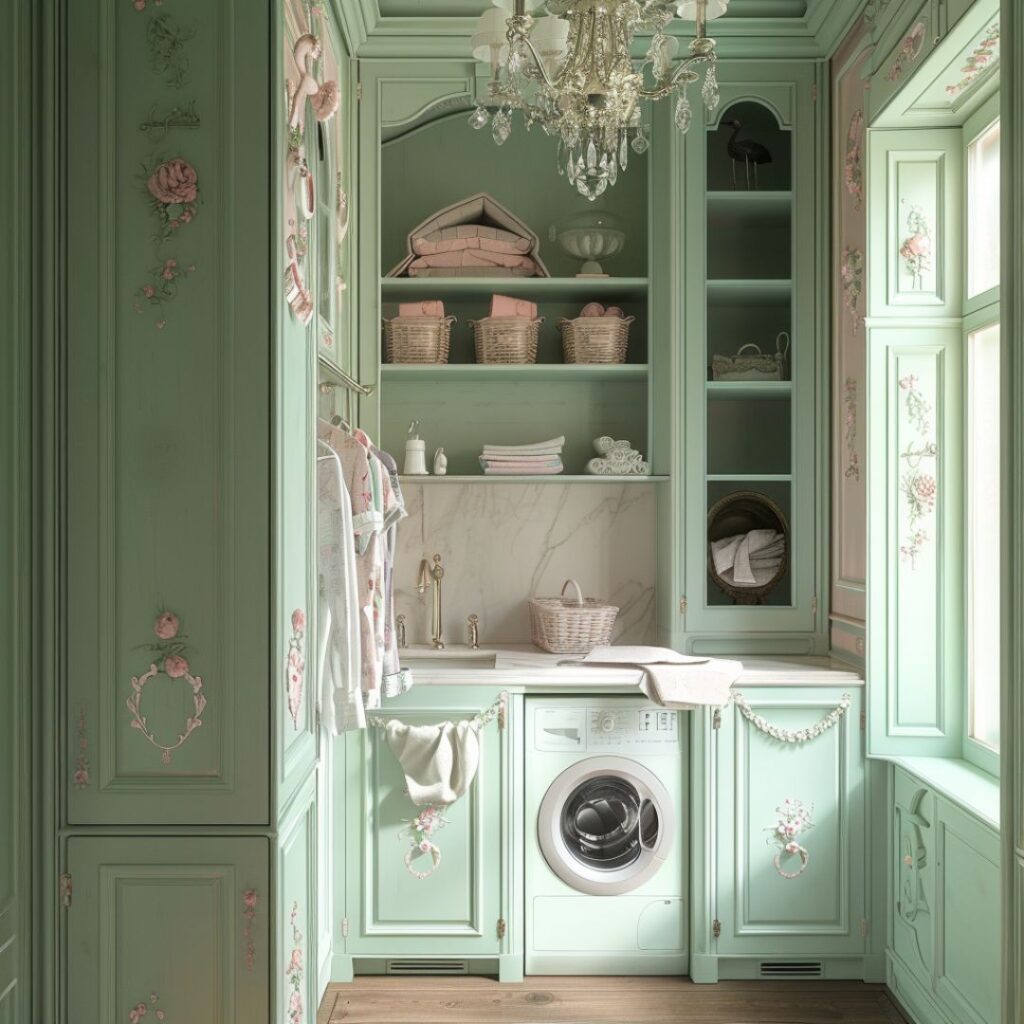
#3. Rococo Utility Room Design
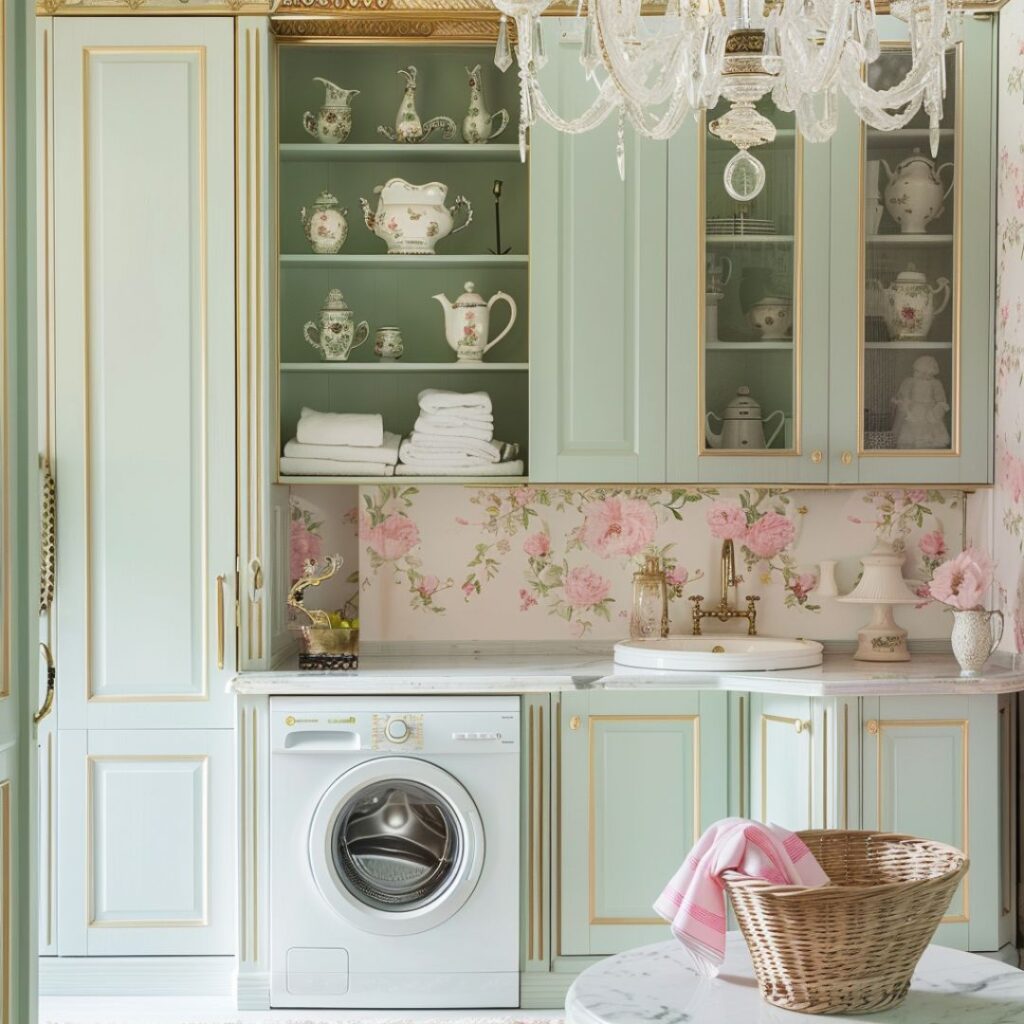
#4. Rococo Living Room Interior Idea
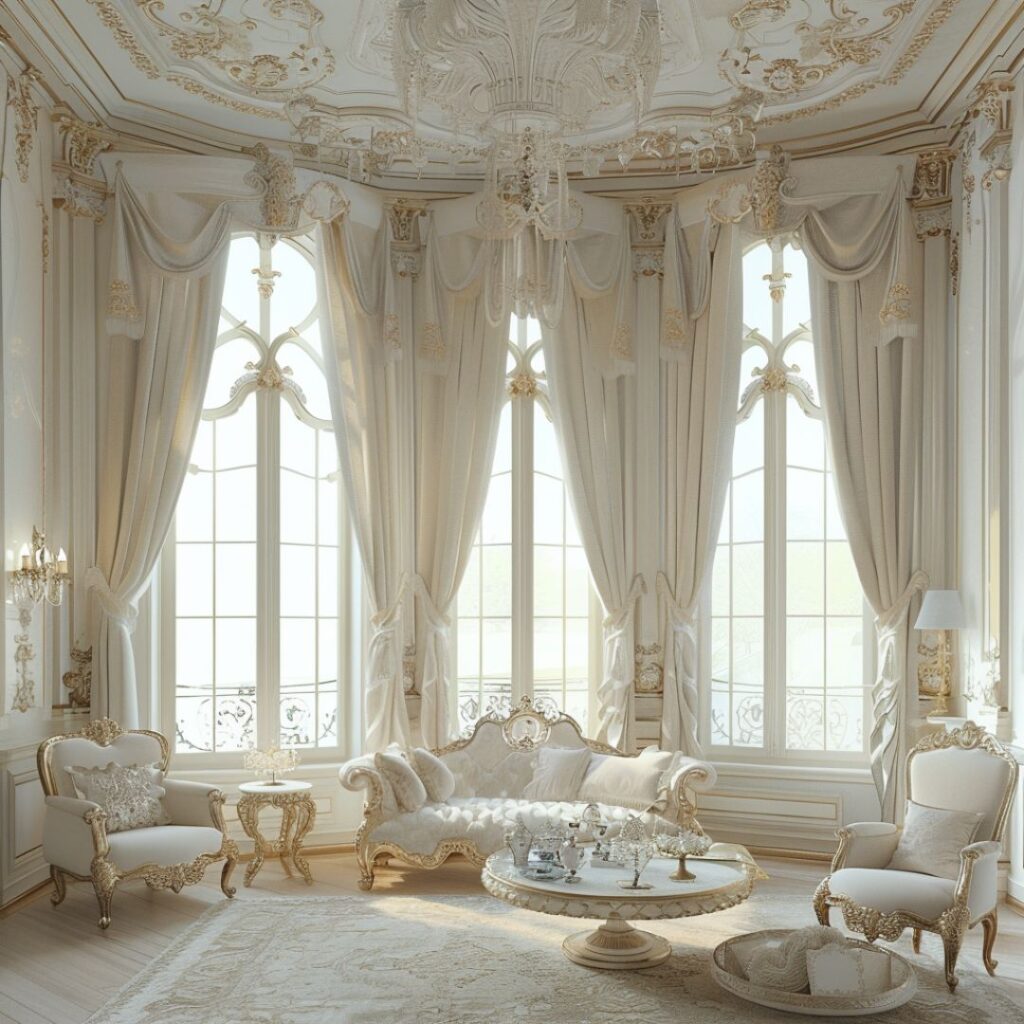
#5. Rococo Living Room Interior Design
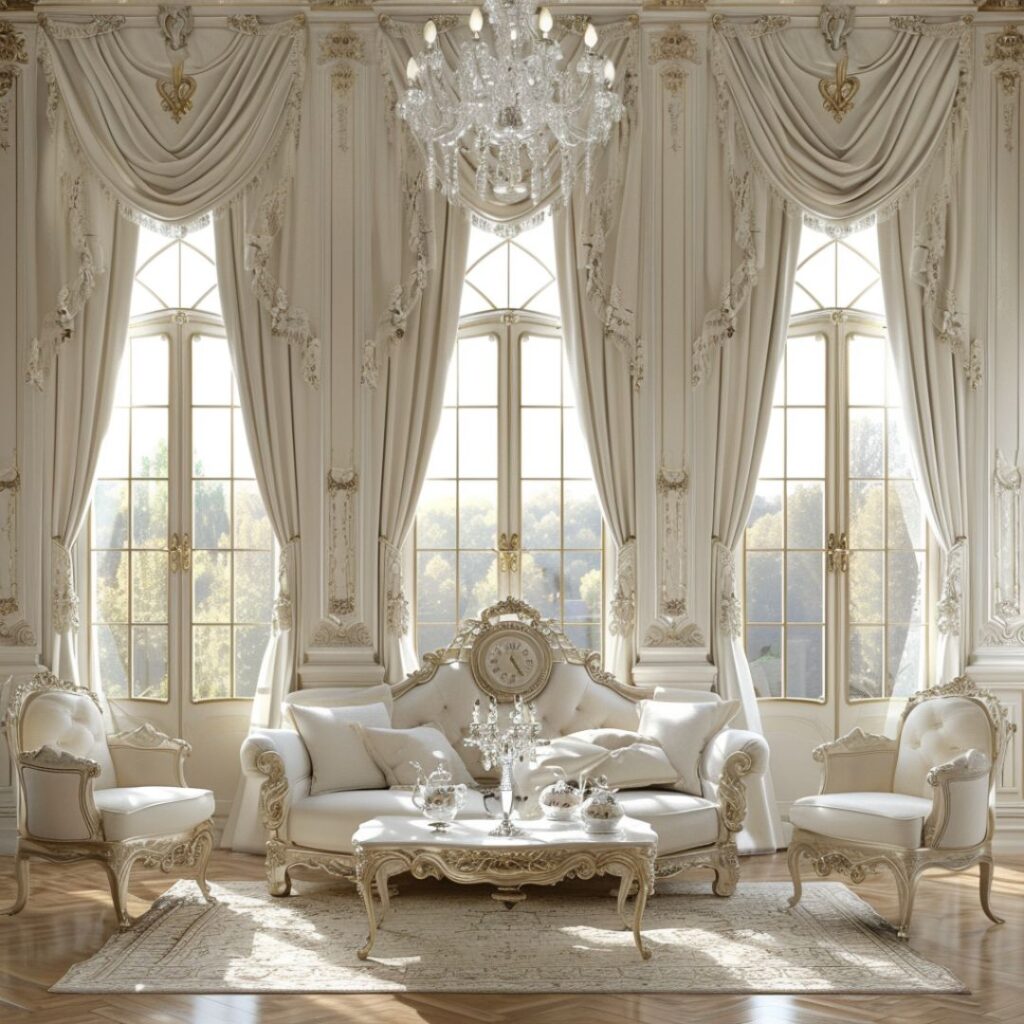
#6. Rococo Kitchen
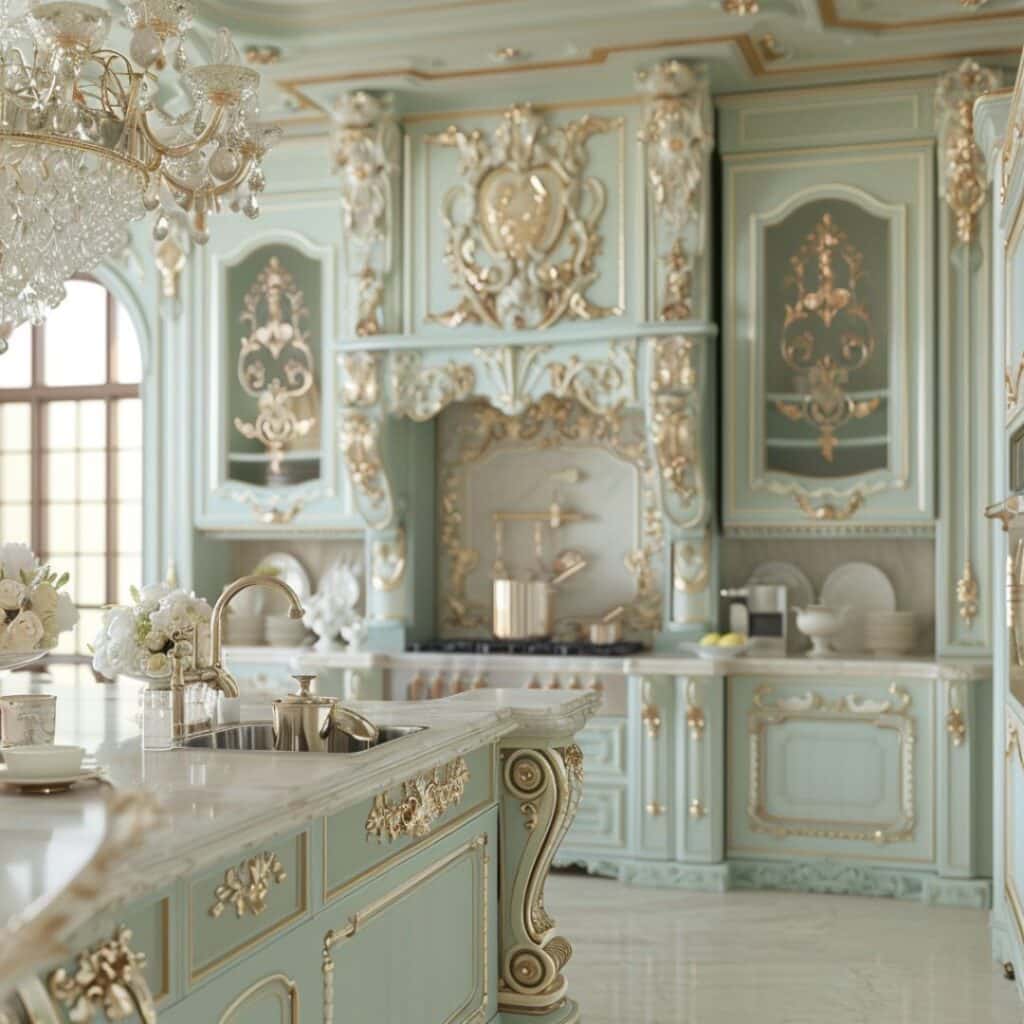
#7. Rococo Kitchen Interior Idea

#8. Rococo Kitchen Interior Design

#9. Rococo Kitchen Design

#10. Rococo Bedroom

#11. Rococo Bedroom Interior Idea

#12. Rococo Bedroom Interior Design
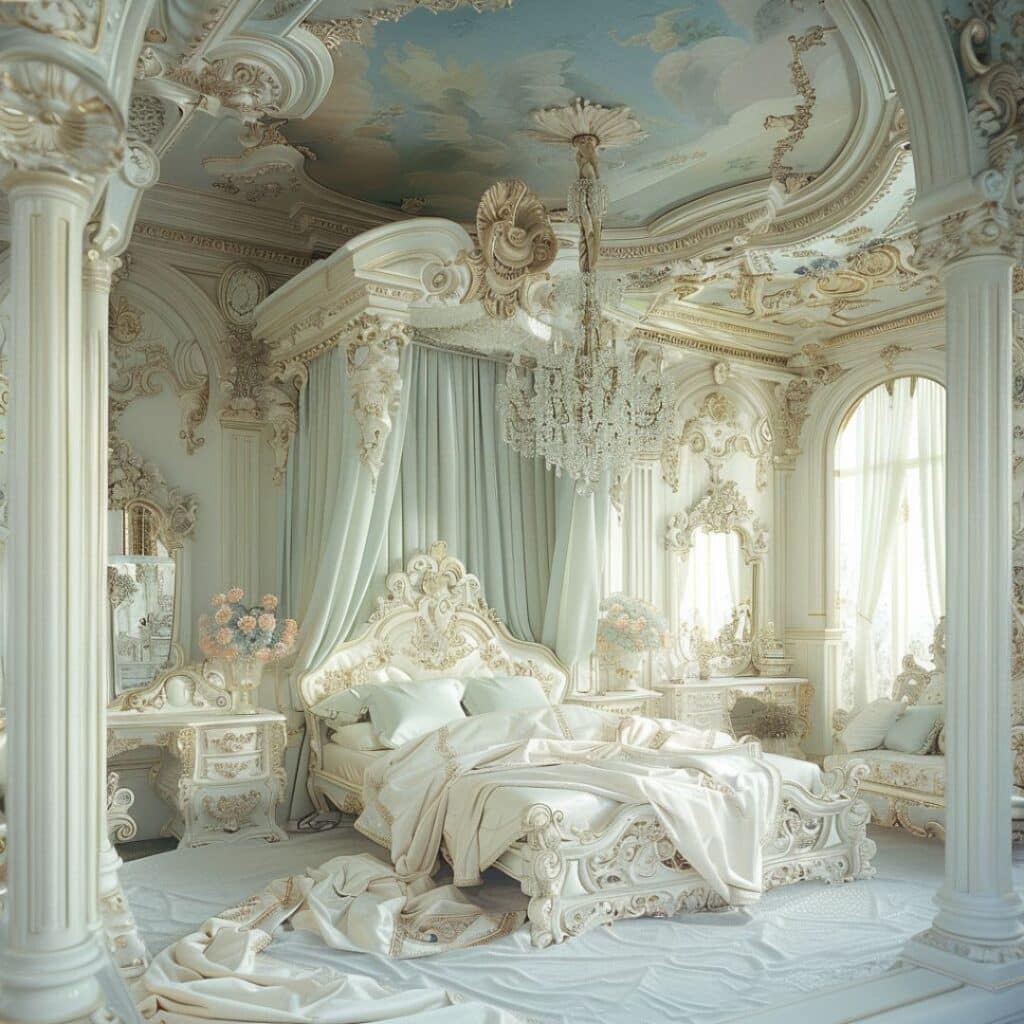
#13. Rococo Bathroom Interior Idea
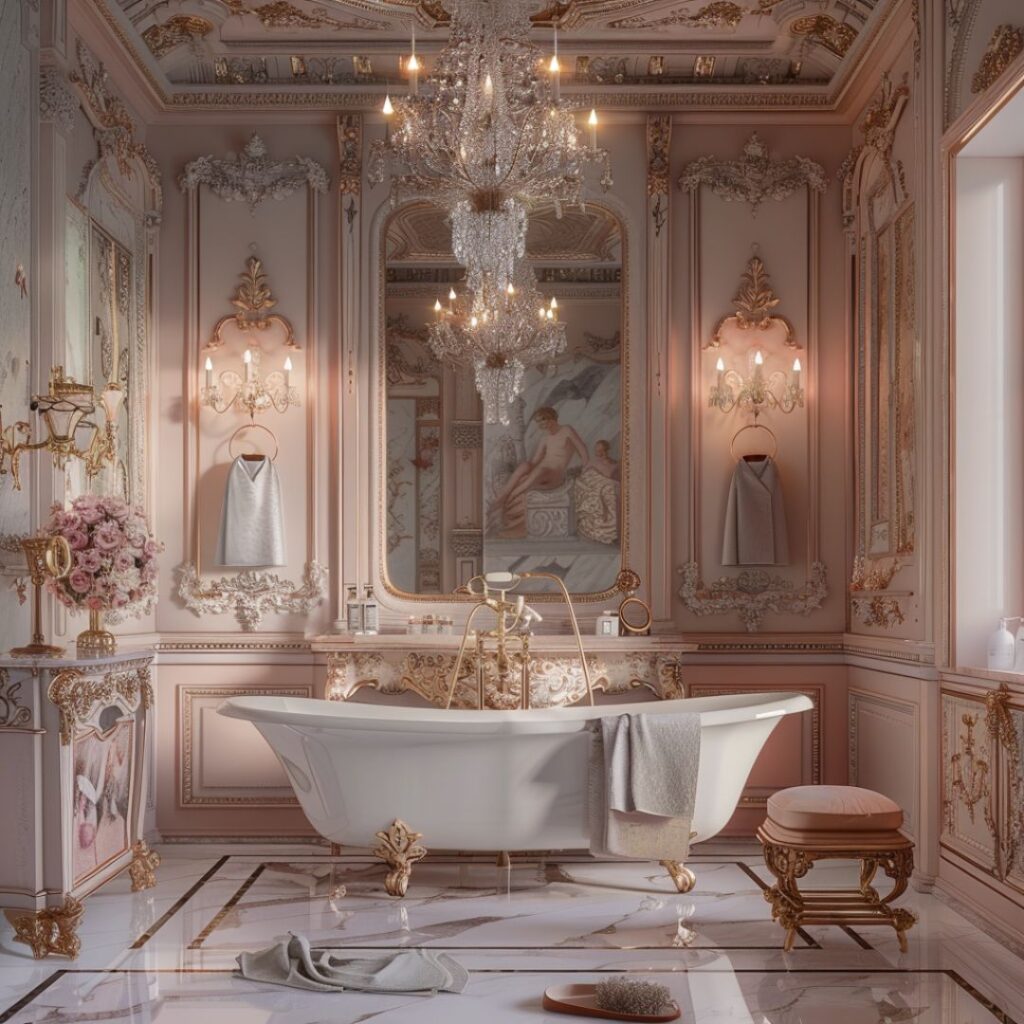
#14. Rococo Bathroom Idea

#15. Rococo Bathroom Design
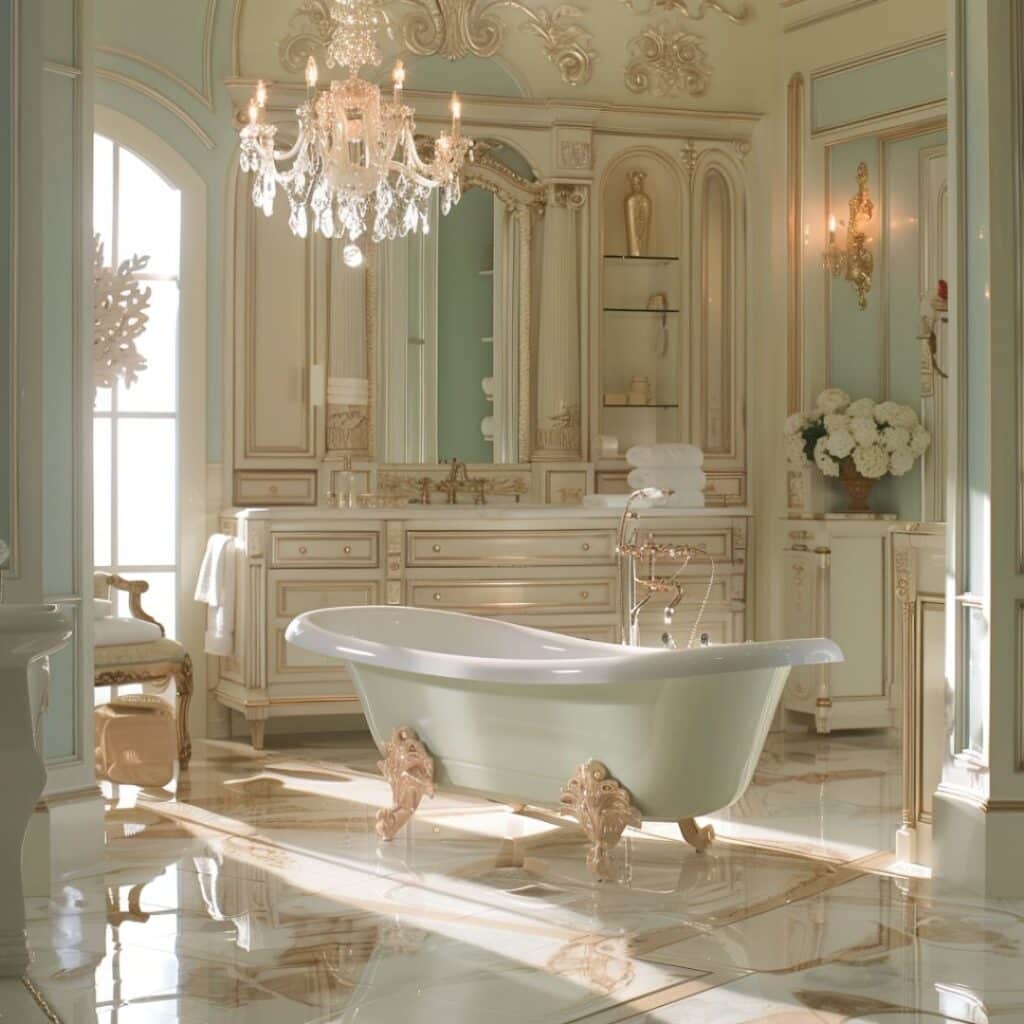
Exploring the Origins of Rococo Interior Design
Rococo interior design emerged in 18th century France. This style is known for its ornate details and playful elegance.
The Emergence in Early 18th Century France
Rococo began during King Louis XV’s reign, around the 1730s. French aristocrats sought a shift from Baroque grandeur to lighter, more whimsical designs. They favored asymmetry and natural motifs, much like the French Country interior design approach.
Artisans crafted intricate furniture and delicate wall decorations. Parisian salons became showcases for Rococo artistry. This movement quickly spread across Europe, influencing architecture and decorative arts.
Key Characteristics of Rococo Design
Rococo interiors feature curved lines, pastel colors, and elaborate ornamentation. You’ll find motifs like shells, flowers, and acanthus leaves adorning surfaces.
Furniture often includes cabriole legs and gilt embellishments. Mirrors with gilded frames amplify light within rooms. Wall paneling showcases detailed carvings and stucco work.
Chandeliers add a touch of opulence with their crystal drops. Upholstery fabrics include silk damasks and floral patterns, enhancing the room’s elegance.
Key Elements of Rococo Interior Design
Rococo interior design embodies elegance and intricate details. These key elements define this timeless style.
Ornate Architectural Details
Architectural elements in Rococo interiors exhibit elaborate craftsmanship. You’ll find ceilings adorned with frescoes, stucco decorations, and cornices that feature delicate moldings. These spaces often include gilded mirrors which enhance the ornate aesthetic. Interestingly, similar elaborate craftsmanship can also be found in Victorian interior design, emphasizing intricate detailing and opulence.
Use of Light and Pastel Colors
Colors play a crucial role in Rococo design, favoring light shades. Pastels like soft pinks, blues, and greens dominate these interiors. They create an airy, inviting atmosphere that complements the intricate décor.
Furniture and Decorative Arts in Rococo
Furniture pieces are both functional and decorative in Rococo interiors. Expect cabriole legs on chairs and tables as well as lavish upholstery featuring floral patterns. Additionally, porcelain figurines, gilt frames, and detailed wall paneling contribute to the overall opulence of this design style.
Influential Designers of the Rococo Era
Rococo interior design owes much to several key figures who shaped its development. Two such designers left lasting impressions through their contributions.
François Boucher’s Influence on Textiles and Wall Art
François Boucher, a prominent painter, greatly influenced Rococo textiles and wall art. His works often depicted playful scenes with pastoral themes. These designs translated into tapestries and wallpapers, adding elegance to interiors.
Boucher’s use of soft colors and intricate detailing set trends in decorative arts. His artistic vision helped define the visual aesthetic of the Rococo period, making his work highly sought after.
Juste-Aurèle Meissonnier’s Architectural Contributions
Juste-Aurèle Meissonnier was renowned for his architectural prowess during the Rococo era. He designed elaborate interiors featuring flowing lines and intricate ornamentation. Meissonnier’s work emphasized asymmetry and dynamic movement.
His designs extended to furniture, where he incorporated complex curves and lavish decorations. Through these contributions, Meissonnier played a crucial role in developing Rococo architecture’s distinct style.
Rococo Interior Design in Modern Homes
Rococo style still finds a place in today’s interiors, blending historic elegance with contemporary aesthetics. Integrating these elements can create spaces that exude sophistication and charm.
Incorporating Rococo Elements in Contemporary Settings
To incorporate Rococo into modern homes, focus on key features like curved lines and pastel hues. Use furniture pieces with cabriole legs or gilt embellishments as focal points. Select textiles featuring delicate patterns such as flowers or shells, which are also common in Vintage interior design.
Choose gilded mirrors and detailed wall paneling to add depth. Chandeliers with ornate designs provide an opulent touch without overwhelming the space. Blend these elements subtly for a balanced look.
Challenges and Considerations
Integrating Rococo elements can be challenging due to its intricate nature. Avoid clutter by selecting only a few statement pieces. Balance is essential; overdoing it may well make the room feel chaotic rather than elegant.
Consider your existing decor when adding Rococo touches. Matching colors and styles helps maintain harmony within the space. Plan carefully to achieve a cohesive design that honors both historical significance and modern sensibilities.

